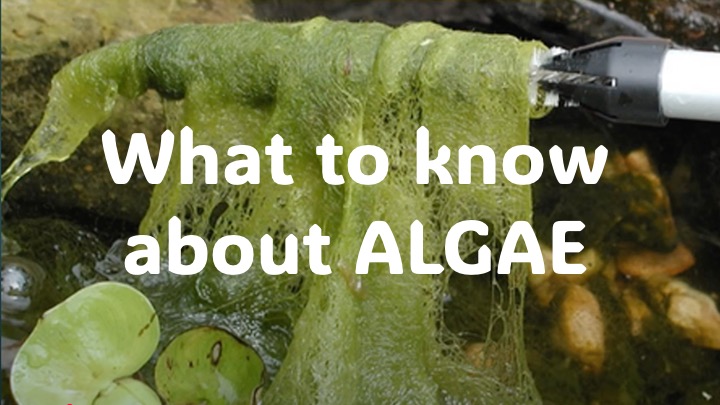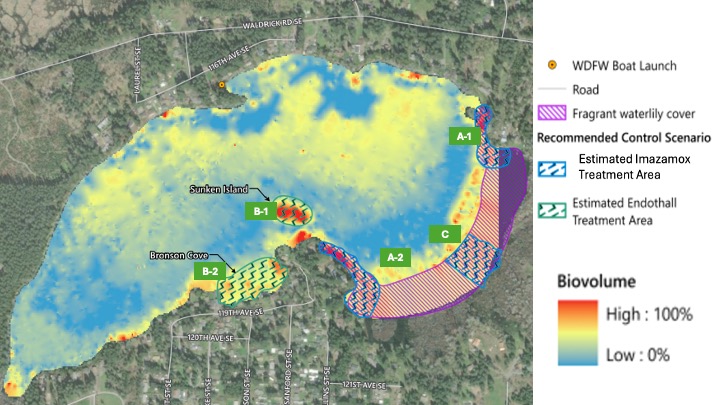Note: Here is another of the wonderful informational videos produced by Barry Halverson of Lake Lawrence. Barry is dedicated to providing factual information as a public service and approves the sharing of these videos from his YouTube channel. Thanks Barry!
This 22-minute video (LINK) dispels algae myths and answers questions about toxic algae, otherwise referred to as cyanobacteria. The hazardous toxins produced by cyanobacteria are proliferating throughout the world and have huge medical, economic and recreational impacts on local communities throughout the United States.
The questions answered are displayed up front. This video specifically focuses on the two most prevalent cyanobacteria in the Pacific Northwest: microcystin, a chronic liver toxin with acute effects; and anatoxin-a, a neurotoxin with acute neurological impacts that is very potent and frequently lead to serious injury or death in animals and pets within a few minutes of exposure. Although there have been no known human deaths resulting from exposure to toxic algae (cyanobacteria) there have been numerous serious illnesses and other skin and health related injuries
Algae Myths (discussed in detail in the video) (LINK)
- All algae blooms contain toxins
- All algae blooms look the same
- All algae blooms are harmful
- Algae and cyanobacteria are the same thing
This video (LINK) addresses these questions:
- What is algae and what is toxic algae?
- Why are harmful algae blooms (HABs) a problem?
- What are the different kinds of toxic algae?
- How do you identify toxic algae?
- What toxins do HABs produce?
- What are the two most common toxic algae in the Pacific Northwest?
- Are all cyanobacteria toxic?
- Who does the testing for suspected toxic algae?
- What factors requlate HAB growth?
- What can you do to prevent Harmful Algae Blooms (MABs)?
- Are HABs dangerous to humans, pets, and wildlife?
- Are occurrences of HABs increasing?
- How long do HABs last?
- How are citizens informed of toxic algae blooms?
- How do you report toxic algae blooms?
- How do you describe an algae bloom?
How to identify Harmful Algal Blooms (HABs) Tips and Tricks
- 7-minute video LINK
Sign-Up to get Toxic Algae Advisories from Thurston County
You can get email advisory updates from the Thurston County Department of Health website using this LINK



